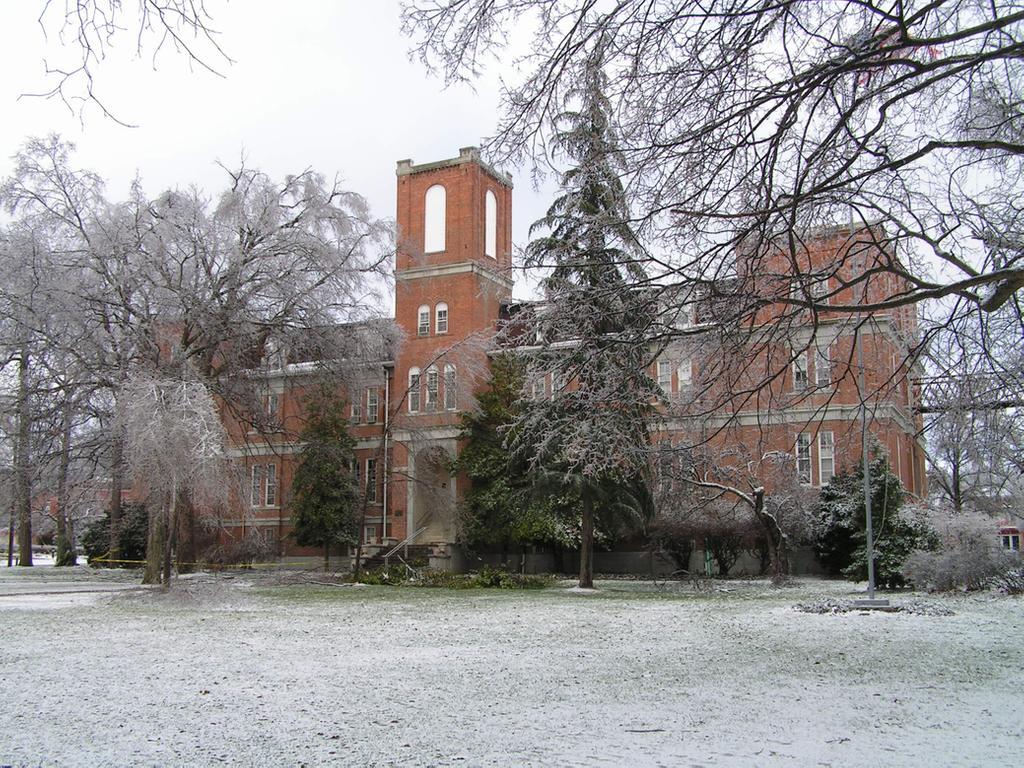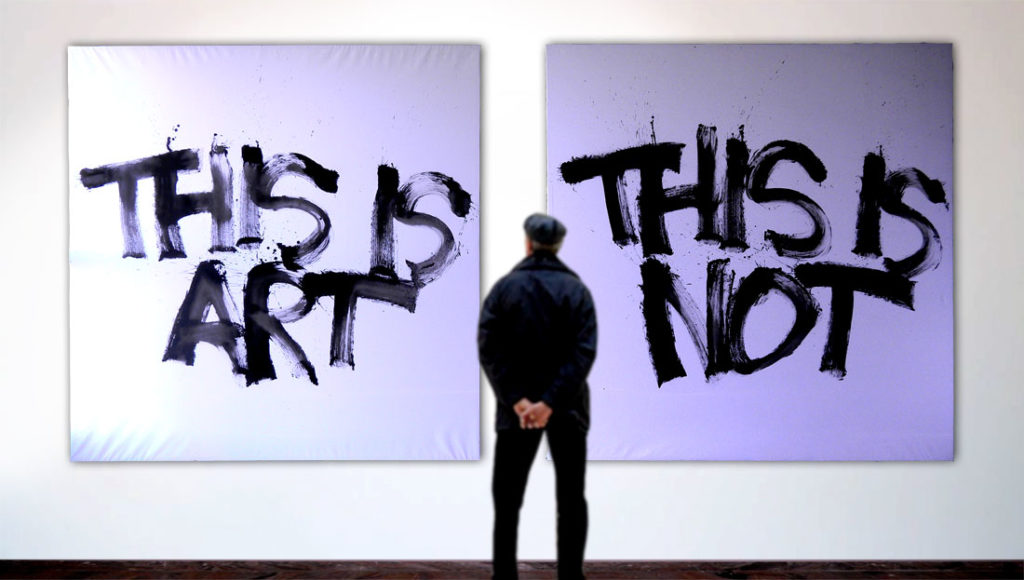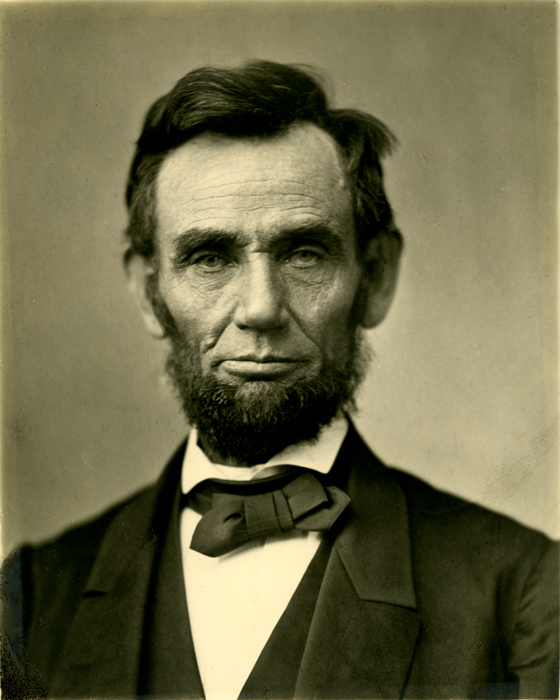Please note that the views and opinions expressed in the Papyrus, and this article in particular, are those of the author(s) and do not necessarily reflect the official policy or position of the GU Papyrus or Greenville University. Any content provided by the author(s) is from their research-based opinion and is not intended to malign any religion, ethnic group, club, organization, company, or individual.
It’s never easy, and often not advisable, to slip into the stream of a heated discussion midway through, but after reading articles in the Papyrus and watching the Fireside Chat online (dated October 27, 2019), I thought it important to try. I carefully listened to the administration make their case for the program cuts that they have argued are essential to the health of Greenville University, and in those discussions I heard a lot about the difficult economic realities facing the university and other higher ed institutions in the US, especially in Illinois.
I do not envy the position of that panel, and knowing several of them personally I do not doubt the sincerity of their conviction. But throughout that conversation on the university’s financial position I heard precious little talk about value: about the values that have historically formed Greenville’s identity and how those values have shaped and will shape the transformation in identity Greenville is undergoing. From a distance, I find that lack of communication troubling.
When I was a student, so central was Greenville’s identity as a Christian Liberal Arts College, many of us could repeat the core themes from memory. All truth is God’s truth. The best place for a bad idea is out in the open. Christian Liberal Arts meant thinking of a person and their community holistically. As Christians we believe that all of creation is God’s; and in the religious imperative to not only understand the world we have been called to serve but also to celebrate the beauty and goodness of that created order. In Mary Alice Tenney’s history of Greenville College (Still Abides the Memory, 1948), she describes a college community that from the very beginning celebrated the life of the mind. In the building that would become known as Hogue Hall, in the year that Abraham Lincoln visited the abolitionists in Greenville (1858), there were only six faculty and two of the primary courses were philosophy and art (drawing). Later when Almira College transitioned into Greenville College, philosophy and art were reaffirmed as two of their core disciplines.

The emphasis that Greenville placed on these two disciplines is not a historical curiosity but rather a consistent theme in the formation of many Christian Liberal Arts Colleges. Why? Consider art. A central thread running from the beginning of the Bible to its end is the sustained response of joy and thanksgiving to God, even in times of great peril. We offer prayers of thanksgiving in many ways (“Eucharist” literally means “to give thanks”) but perhaps in no more creative way than in the making of art.
Art is the rendering of truth into sensual form. And just as the world is full of moments of beauty and terror, of new life and the loss of it, of seriousness and whimsy, so art both illustrates these realities and pushes us into deeper reflection of them. The history of art for much of the last two thousand years has just been a history of religious belief, of a people coming to express and participate in the revelation and mystery of God. And in so doing art has played as important a role as any other vocation in pulling the transcendent mystery of God into crude—yet gobsmacking—material form.
Through art, the study and creation of it, we stand on the shoulders of a great cloud of witnesses and share in the divine vision of our forebearers; and we are asked—invited—to enter into that cosmic dance ourselves: to risk ourselves at full stretch, to mix ash and color, world and spirit, and in the very likeness of the Great I AM, to cast our breath over the face of the waters and create.
Now not all art is good art. Some art—like the propaganda of White Nationalism—only serves to conceal and exacerbate an idolatrous vision of human power. But this suggestion—this remark on the nature and limits of art—is itself a philosophical reflection. And being able to make these kinds of distinctions (which are some of the most difficult to articulate) is exactly what a Christian Liberal Arts degree presupposes the need of. The goodness and importance of philosophy and art is not found merely in the majors they attract but in the community they help form.

Of course institutions change and sometimes sacrifices must be made, but an institution can only advance in strength when it acts from a sure and true sense of its core identity and values. Times like these are not wholly unfamiliar to Greenville, indeed they even predate Free Methodism’s arrival in this town. Tenney describes the ethos of those earliest (Puritan) settlers in Greenville who formed a Christian college with this intent:
Never a school without a church; never a church without a school. Religion and culture went hand in hand. The term, Christian education, would have seemed to them a tautology, for what was education if not Christian. The function of a college was the preparation of young people for life after the Puritan pattern.
And this idea, that the driving identity of a Christian College is to be found in the holistic training and study of Christians in “religion and culture,” is just as radical today as it was in the 1850s. Tenney writes:
Men said, it [the Christian college in Greenville] interfered with worldly success … and so little by little it modified its program to meet its critics. Finally, it forgot completely the union that had existed between religion and culture and divided education into two mutually exclusive types: religious and secular. In so doing it ignored the fact that one cannot safely “rend the seamless garment of thought.”

“Rend the seamless garment” is (I think) a reference to John 19:23, a remark about the garment the Roman soldiers found Jesus in and then callously gambled away while he hung on the cross. In the Gospel of John, to see Jesus is just to see the Father. There were not two natures (garments), God laid over flesh, but one seamless unity, God fully incarnate in Jesus. And so Tenney hoped for Christian education, one seamless garment interweaving those most basic interests in culture with the training of Christians in understanding their faith.
The question about the place of core disciplines like art and philosophy at a Christian Liberal Arts University is not about their appropriateness but about whether there is any intelligibility in such an institution without them. The value of these disciplines has never been about money, no more than the worship of God has been about money. Those who have mistaken art as a mere data point in pursuing greater market leverage are the very same who will be susceptible to hollowing it out as a major and reorganizing the discipline under the class of “digital media,” a move that inherently corrupts the place and therefore the value art is meant to have in the Body of Christ.
This university community has for more than a hundred years taken special pride in producing students well equipped to see through the superficial value of consumerism and wealth generation. Our roots are in Wesleyanism, not in industry; in the celebration and study of beauty, goodness, and truth—that is, in the economy of God. Greenville has always seen these values as worthy of great sacrifice, which is part of the reason Hogue Hall could not be saved: the people who founded the college made the bricks themselves.

This is not an essay in condemnation. These reflections are a thanksgiving for the grace, time, professionalism, and care so many students, faculty, and staff at Greenville were willing to place in me. But not just a thanksgiving; also a plea. A plea that recalls perhaps Greenville’s greatest visitor, Abraham Lincoln:
“Though passion may have strained, it must not break our bonds of affection. The mystic chords of memory, stretching from every … living heart and hearthstone all over this broad land, will yet swell the chorus of the Union, when again touched, as surely they will be, by the better angels of our nature.”
Media by Ryan Nelson.




























